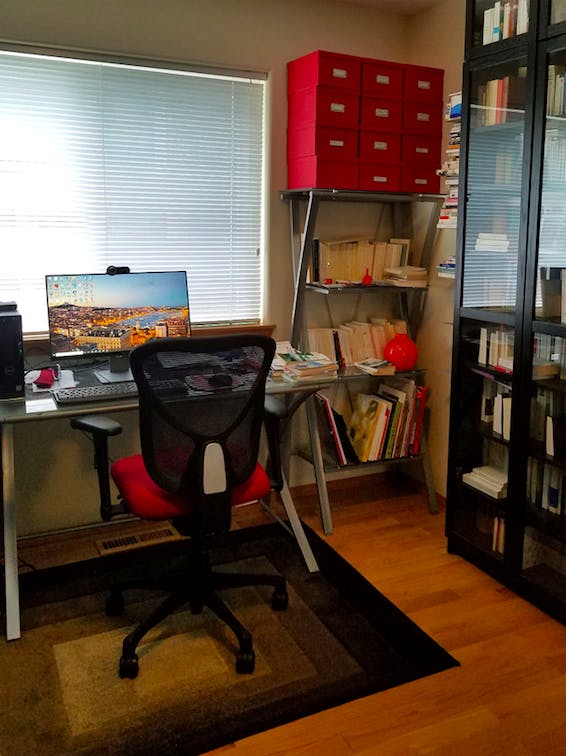
Why your professors may have chosen synchronous over asynchronous classes, and vice versa
By Kiana Doyle
As a new quarter began in the wake of COVID-19, it’s not only students who had to adjust to virtual classes. Over spring break, professors were faced with the decision for how to conduct classes online, and a variety of different online course plans have been the outcome —some synchronous, some asynchronous and some in between.
Synchronous refers to something recurring at the same time while asynchronous means the opposite. A synchronous class meets at a set time while in asynchronous classes, the work is done independently.
University Communications Director Paul Cocke explained in an email that the decision for asynchronous or synchronous online learning was left to the professors since they know best what they need to teach the most effectively.
“Faculty in different disciplines have different sets of what’s possible for converting course material from face-to-face to remote delivery,” Cocke said. “Some can take full advantage of the flexibility offered in online delivery, and others will find it more difficult.”
Paul Dunn, a Western professor who teaches an Honors 201 philosophy course, is conducting his class asynchronously this quarter. Dunn said he made the decision after considering the pros and cons of doing so, as well as paying attention to student responses to surveys about online learning.
Things such as different time zones, schedules and Internet access can make it difficult to attend classes at a set time, Dunn said.
“Obviously, there are certain kinds of classwork and certain kinds of coursework where it’s really hard to do it asynchronously, I can understand that,” Dunn said. “But for something like philosophy where the readings are readily available online and a lot of it is very text and discussion based, it made sense for my class.”
Stephanie Moore, a University of Virginia professor, and Charles Hodges, a Georgia Southern University professor, are the authors of an Inside Higher Ed article on temporarily teaching online. Both Moore and Hodges agree that an online class including both synchronous and asynchronous aspects can be highly effective when teaching virtually.
“Rather than look at it as one or the other, it’s probably a good idea to consider a mix,” Hodges said. “Do a lot of things asynchronously, give [students] content to read, give them assignments to work on, let them think about and engage with things in a thoughtful manner, but then still offer some chance of a synchronous interaction with the professor, like office hours.”
Even though Moore teaches classes primarily asynchronously, she emphasizes presence in her teaching method by making an effort to respond to students frequently, give feedback on assignments and hold office hours to stay engaged with the students.
Dunn said he is considering incorporating an office hours aspect to his course to allow his students to meet with him over Zoom if they have questions.
Hodges points out some classes are easier to teach online than others. For example, lab or studio-based classes would most likely need to be conducted differently than a lecture-style class, and would probably need to be more synchronous, he said.
“Whether you’re studying language or you’re doing music performances, or any type of studio aspect, then you need to consider that, and maybe synchronous is the way to go,” Hodges said.
Cécile Hanania, a French professor at Western, is teaching two online courses synchronously this quarter. She chose the synchronous route to keep her course plan simple and similar to an ordinary class. Using Zoom and Canvas, she assigns readings and conducts discussions and lectures for her courses.
Hanania explained one of the main difficulties in teaching a language course online is the discussion aspect of the class.
“In a language class, [the students] have to practice; it’s not just attending passively with the class,” Hanania said. “In a classroom I would do group activities … it’s a little bit more complicated online.”
Moore encourages looking at this situation as a chance to try using different mediums to teach and learn.
“There’s some things you may not feel like you can do as well online as you could do face-to-face, but the same is also true vice versa,” Moore said. “There’s some things we can do much better online than we can do in the classroom … it’s an opportunity.”



![IMG_9055_Original[1].jpg](https://snworksceo.imgix.net/wfw/225b9e60-06a0-4bbd-837f-36435becd1eb.sized-1000x1000.jpg?w=1500&ar=16%3A9&fit=crop&crop=faces&facepad=3&auto=format)

